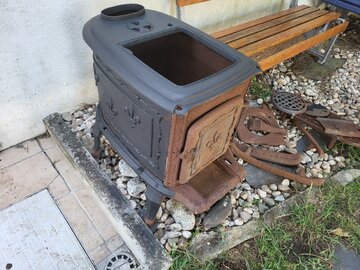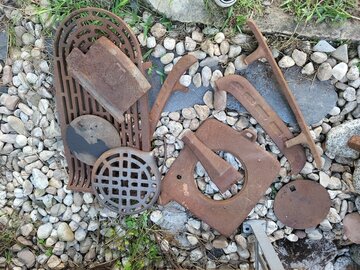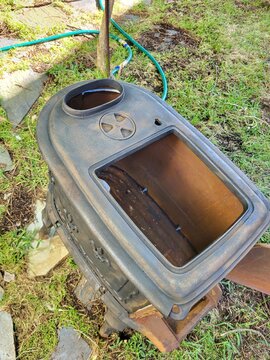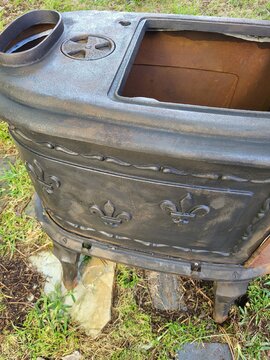You can normally ovalize the single wall pipe. Keep the seam to the rear, crushing into an oval shape at bottom.Will investigate the flue damper.
I was just now looking for the adaptor you mention, and was worried that could not find online. Surely I am using the wrong keywords. Must be delivered from the European Union, otherwise the coctum taxes will be impossible (stupid I know).
For wood, the pipe should go inside the stove collar. Each piece of pipe is installed with the bottom going inside the pipe below it.
For wood, a manual flue damper is used to slow the velocity of rising gases in the chimney. It is a chimney control that decreases draft by slowing the velocity of rising gases. Older stoves without door gasket material can allow more oxygen than necessary into firebox becoming uncontrollable with too much air. So the flue damper is used to slow the air leaking in. *Not all countries allow their use* since you can easily slow the draft too much forming creosote.
Newer stoves use chimney height and pipe configuration to supply the correct draft required to keep the stove within emission testing limits. So newer stoves only use a flue damper to slow an over drafting chimney. You will get conflicting information on flue damper use depending on the stove being used.
The main thing is realizing it is a chimney control that affects the stove. Not to be used as a stove control unless necessary to prevent overfiring.





